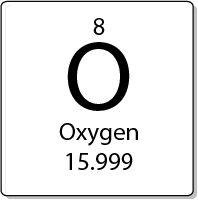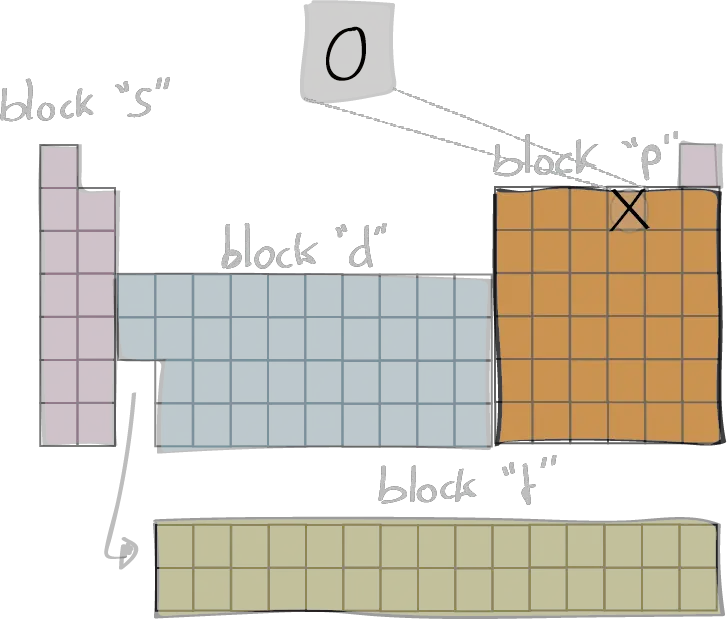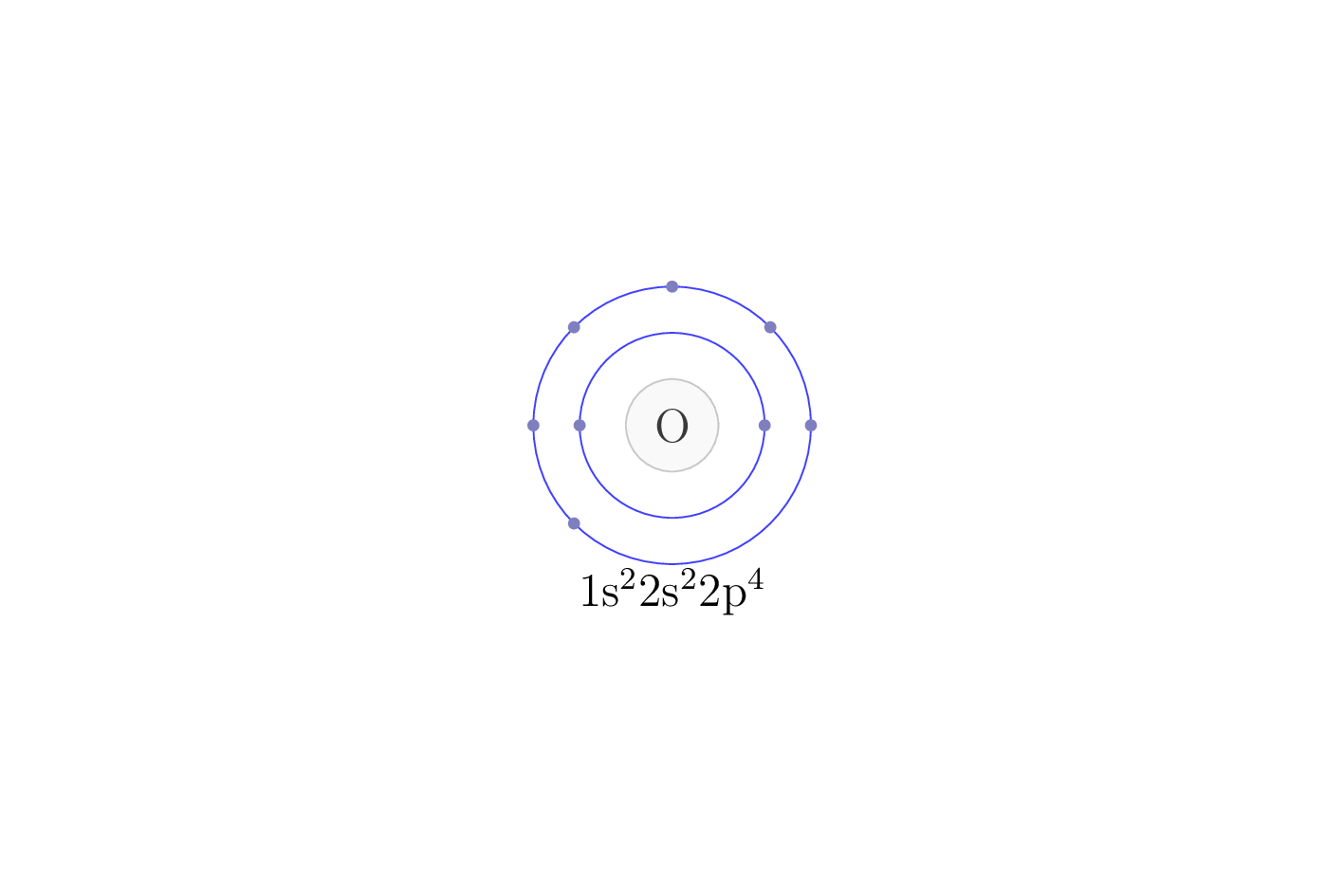
Oxygen is a chemical element with the symbol O and atomic number 8. It is a highly reactive non-metal and is the third most abundant element in the universe. Oxygen is a colorless, tasteless, and odorless gas that is essential for the survival of all known forms of life.
Oxygen is the most common element in the earth’s crust. Oxygen and its compounds make up half of all rocks and minerals on our planet. In the atmosphere, pure oxygen, O2, makes up about 20 % of the air. It is found in many chemical compounds, including water and the minerals silicates and oxides. It has many important uses, including in respiration, combustion, and the production of steel and other metals.
Life on Earth depends on oxygen for survival. Animals breathe air to collect the oxygen it contains. In this way, our body cells then use that oxygen to break down sugars and release energy. Another process involving oxygen is the combustion reaction, in which oxygen reacts with a fuel to produce fire. It also reacts with other elements to form compounds called oxides. However, plants replenish it through a process called photosynthesis, which releases oxygen. Combustion engines in automobiles run on gasoline or other fuels, depending on this reaction. Oxygen is also useful in the manufacture of steel. Rockets carry liquid oxygen to burn fuel in the absence of air in space.

Electron configuration
The electron configuration of an element describes the arrangement of electrons in the atoms of that element, and be used to predict its chemical properties and reactivity.
In the electron configuration notation, the letters "s", "p", "d", and "f" represent the different types of atomic orbitals, and the superscripts indicate the number of electrons in each orbital. The orbitals are filled in a specific order, starting with the lowest energy orbital and working up.

Emission spectra
Each element in the periodic table presents its own unique emission spectra, which is determined by the energy levels of its electrons. When an electron in an atom is excited to a higher energy level, it can de-excite by emitting a photon of light with an energy equal to the difference between the two levels. This results in a characteristic emission line in the spectra (which corresponds to specific wavelengths of light). These spectra are usefull to identify the elements present in a sample.

Symmary of properties (O)
| Atomic weight | [15.99903, 15.99977] |
| Discoverer (year) | Priestley, Joseph & Scheele, Carl Wilhelm (1774) |
| Natural form | gas (O2) |
| Electron configuration | [He] 2s2 2p4 |
| M.p. (ºC) | -218 |
| B.p. (ºC) | -183 |
| Earth's crust abundance (ppm) | 461000 |
| Isotope (abundance %) | 16O (99.757), 17O (0.038), 18O (0.205) |
| Density (g/cm3) | 1.43 |
| vdW radius (pm) | 152 |
| Covalent radius (pm) | 64 |
| Electronegativity (Pauling) | 3.44 |
| Vaporisation enthalpy (Kj/mol) | 6.82 |
| Fusion enthalpy (kJ/mol) | 0.44 |
| Specific heat capacity (J/g·K) at 25ºC and 1 at | 0.92 |
| Thermal conductivity (W/cm·K) at 25 ºC and 1 at | 0.003 (O2) |
| Oxidation number | -2 |
| Electronic affinity (eV) | 1.46 |
| 1st Ionization energy (eV) | 13.6181 |
Definition of terms in the previous table
- Atomic weight: The average mass of an element's atoms, typically given in atomic mass units (amu).
- Natural form: The most stable and abundant form of an element that occurs naturally in the environment.
- Electron configuration: The arrangement of electrons in an atom or molecule.
- Melting point: The temperature at which a solid substance turns into a liquid.
- Boiling point: The temperature at which a liquid substance turns into a gas.
- Earth's crust abundance (ppm): The concentration of an element in the Earth's crust, typically given in parts per million (ppm).
- Isotope (abundance %): A variant of an element that has the same number of protons in the nucleus, but a different number of neutrons. The abundance of an isotope is the percentage of the isotope in a sample of the element.
- Density (g/cm3): The mass of a substance per unit volume.
- vdW radius (pm): The radius of an atom or molecule as predicted by the van der Waals model, typically given in picometers (pm).
- Covalent radius (pm): The distance from the center of an atom to the center of another atom with which it is bonded covalently, typically given in picometers (pm).
- Electronegativity (Pauling): A measure of an atom's ability to attract electrons in a chemical bond, based on the Pauling scale.
- Vaporisation enthalpy (kJ/mol): The amount of energy required to convert a substance from a liquid to a gas at a constant temperature.
- Fusion enthalpy (kJ/mol): The amount of energy required to convert a substance from a solid to a liquid at a constant temperature.
- Specific heat capacity (J/g·K) at 25ºC and 1 at: The amount of heat required to raise the temperature of 1 gram of a substance by 1 degree Celsius at a constant pressure.
- Thermal conductivity (W/cm·K) at 25 ºC and 1 at: The ability of a substance to conduct heat, typically given in watts per centimeter per kelvin.
- Oxidation number: A positive or negative integer that represents the number of electrons that an atom has gained or lost in a chemical compound.
- Electronic affinity: The energy change associated with adding an electron to a neutral atom to form a negative ion.
- 1st Ionization energy: The energy required to remove the most loosely bound electron from a neutral atom.
Back to the Periodic Table of the Elements.
Video about Oxygen
ss